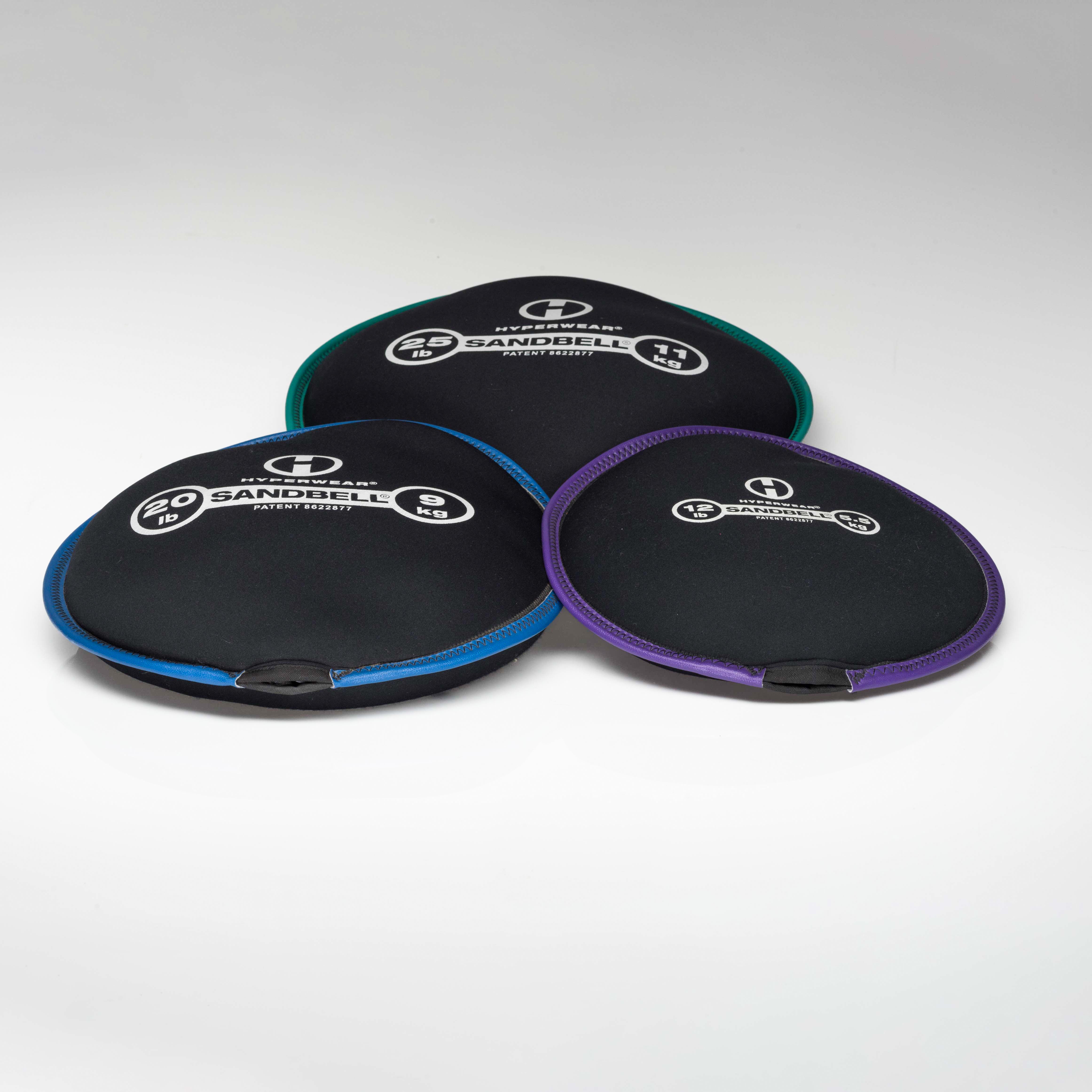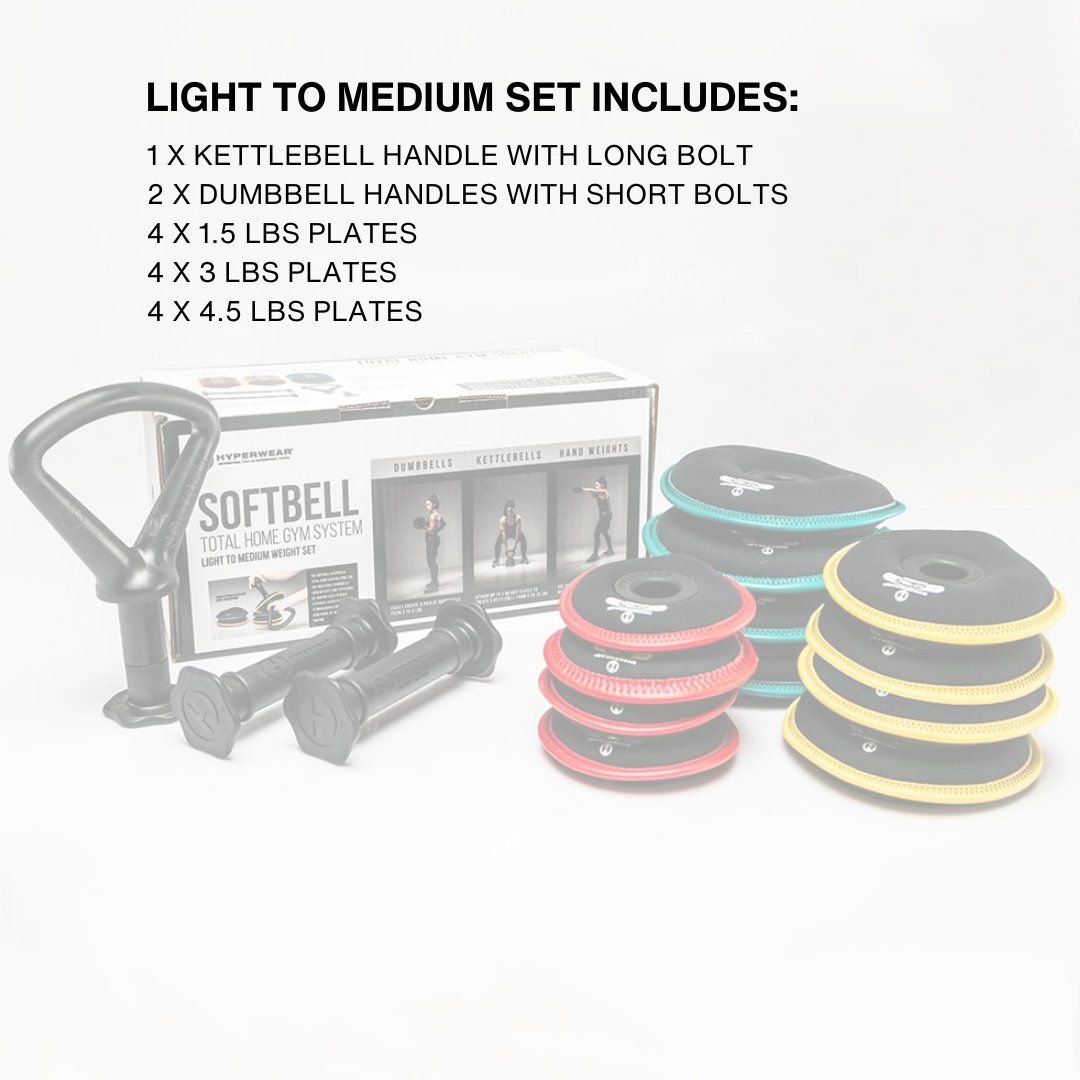rld has been hit with a global pandemic, and gyms and fitness centers everywhere have been completely shut down. So like so many of you I’m stuck at home without access to the weights that I now know took for granted. How do I maintain muscle mass? Initially, the frustration I felt was similar to what I felt when I hurt my knee last year and was no longer able to lift heavy. (I’m still recovering, but we’ll save that discussion for another post.) However, I am not one to give up on my fitness or workouts entirely, so I had to get creative. Although lifting heavier and heavier weight is a tried and true method for both increasing and gauging our strength, there are solutions for times such as these when we may only have access to lighter weights than usual, if any at all. So, today, I’m sharing with you 3 rules to live by when attempting to get gains, increase strength, and accumulate or maintain muscle mass without heavy weights.
Rule 1: Time Under Tension (TUT)
TUT has pretty much been around for forever and If you’ve done a plank then you’ve actually used this principle. The purpose of TUT is to expose your body to higher amounts of mechanical stress during your preferred exercise or movement. “Why would I want to stress my body?” you ask, well because that stress is what is what makes your body change! Another word for this change is adaptation; running faster, getting bigger, increased flexibility are all examples of adaptations. Enough with all the science stuff, what you really want to know is how to incorporate TUT into your workouts. Take whatever you’re currently doing for a workout routine and slow it all down. If it takes 1 to 2 seconds to complete a rep of an exercise, make that same rep take 5 or even 10 seconds. Doing so will cause more muscle recruitment, mechanical stress, and of course more strength gains!
[jwplayer BpDv4JoQ]Rule 2: Increase Range of Motion (ROM)
Ever heard the adage “if you don’t use it, you lose it”? Well, that actually applies to your ROM. The body needs to be active within a range of motion in order to have continued access to it. Whenever that access is limited or stopped altogether, then, to put it in oversimplified terms, the body forgets that it’s there. For example, If you’ve ever broken something or worn a cast/sling, then you know common protocol is to immobilize the joint. After a joint has been immobilized, it takes time, effort, and energy to get it moving again. The body has to relearn how to access the ROM that it wasn’t accessing. I highly recommend regularly working through a full ROM under normal circumstances. However, doing so is especially imperative now during the quarantine. Increasing ROM is a sure fire way to give you some strength gains. Whenever the ROM of the human body is challenged, it has to adapt to it. That adaptation appears in the form of more muscle recruitment, joint stability, and better functional strength. People who lived an active lifestyle prior to the shelter in place might have already been performing exercises to a full ROM. If you are one of those people I recommend trying to increase your ROM, all that is required is a little bit of creativity. For example, the reverse lunge is a great exercise that allows people to work their legs unilaterally. However, it is impossible to have the lead leg go below parallel because the back leg touches the ground. Well next time you perform that exercise, try elevating your front foot 2 inches or so (using a book, wood plank, or some other flat surface). Still lower the back leg as close to the ground as possible. This will allow the body to travel through a bigger ROM. For an upper body workout, you could elevate your hands off the ground during a set of push ups. If you’ve never done this before, start with a low height and gradually increase. This will cause you to experience a larger ROM than normal as you lower your chest to the ground and back up.
[jwplayer KEMZnoqc]Rule 3. Increase Total Volume
When I say volume, I’m talking about the overall work being performed within your workouts. To make a gross simplification, the total volume performed determines the extent of adaptation. So the more volume you’re able to accrue over a period of time equates to more strength gains. There are three variables that affect volume, they are weight, reps, and sets. Now if you don’t have access to dumbbells or a pet of some kind, it’s going to be hard to manipulate weight. However, total reps and sets can still be increased which means that it’s still possible to get stronger. If you need a simple place to start figuring out how to increase volume, the most common formula used to track total volume can be seen is: Reps x Sets x Weight = Total Volume. Without access to weights this formula can become your best friend and provide you some semblance of sanity. When progressing workouts in this manner I recommend the following guidelines. Always increase reps steadily over time before attempting to increase sets. Start by doing 3x10 of an exercise one week and go up in reps weekly. After you get to 15 reps, increase the sets to 4 and bring the reps back down to 10. Repeat this process to continually accrue total volume and get your strength gains!
For more content and training tips checkout Jon Brown owner of Empirical Fitness in Austin and @quadfather_77 on INSTAGRAM
MEN'S HEALTH MASTER THE PULL UP






















































